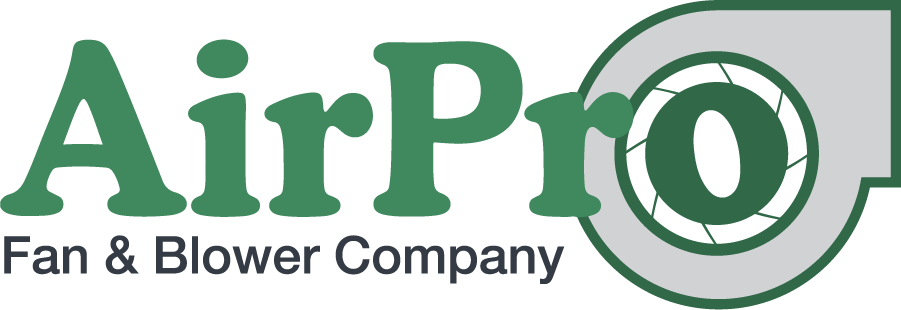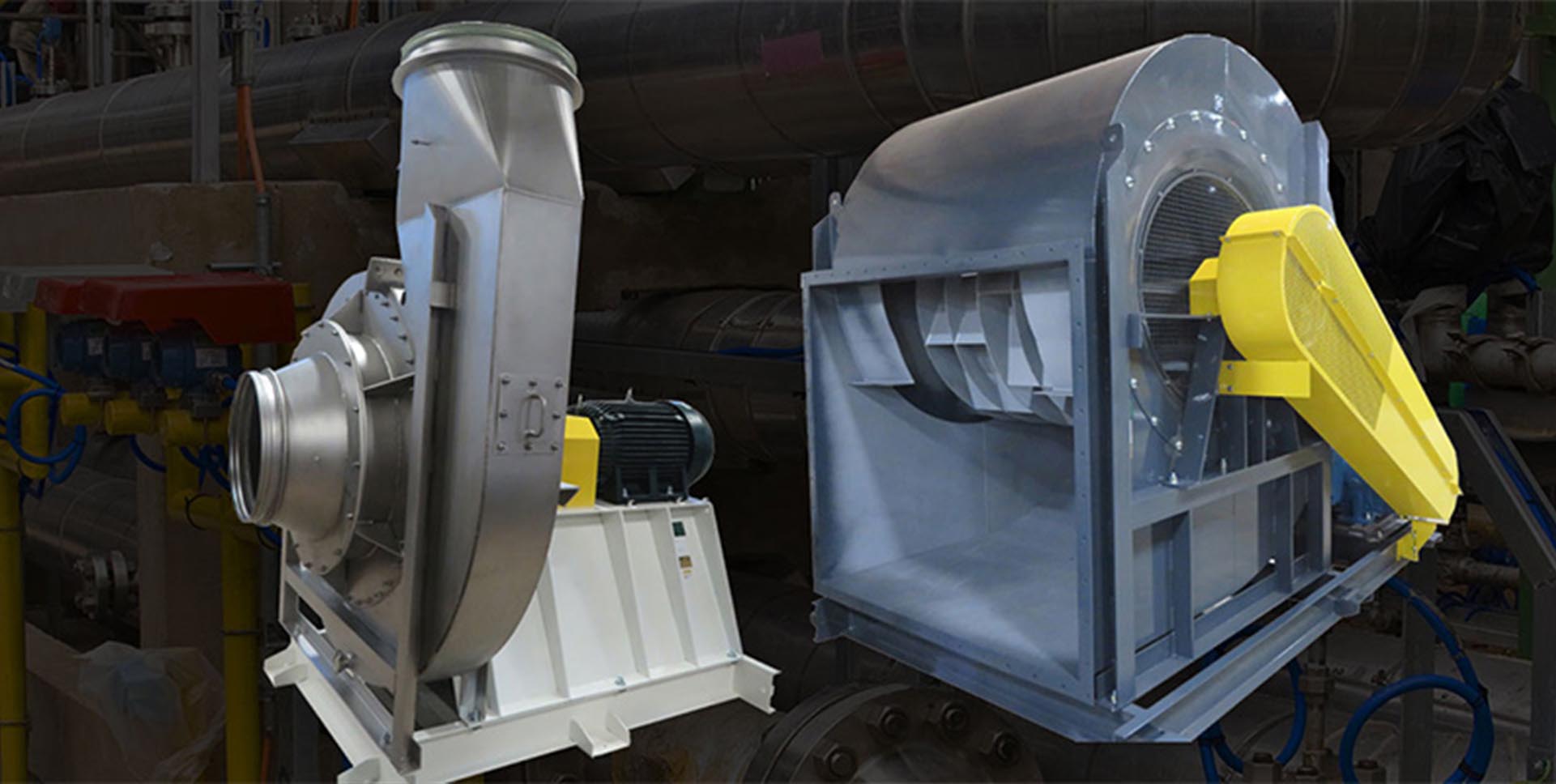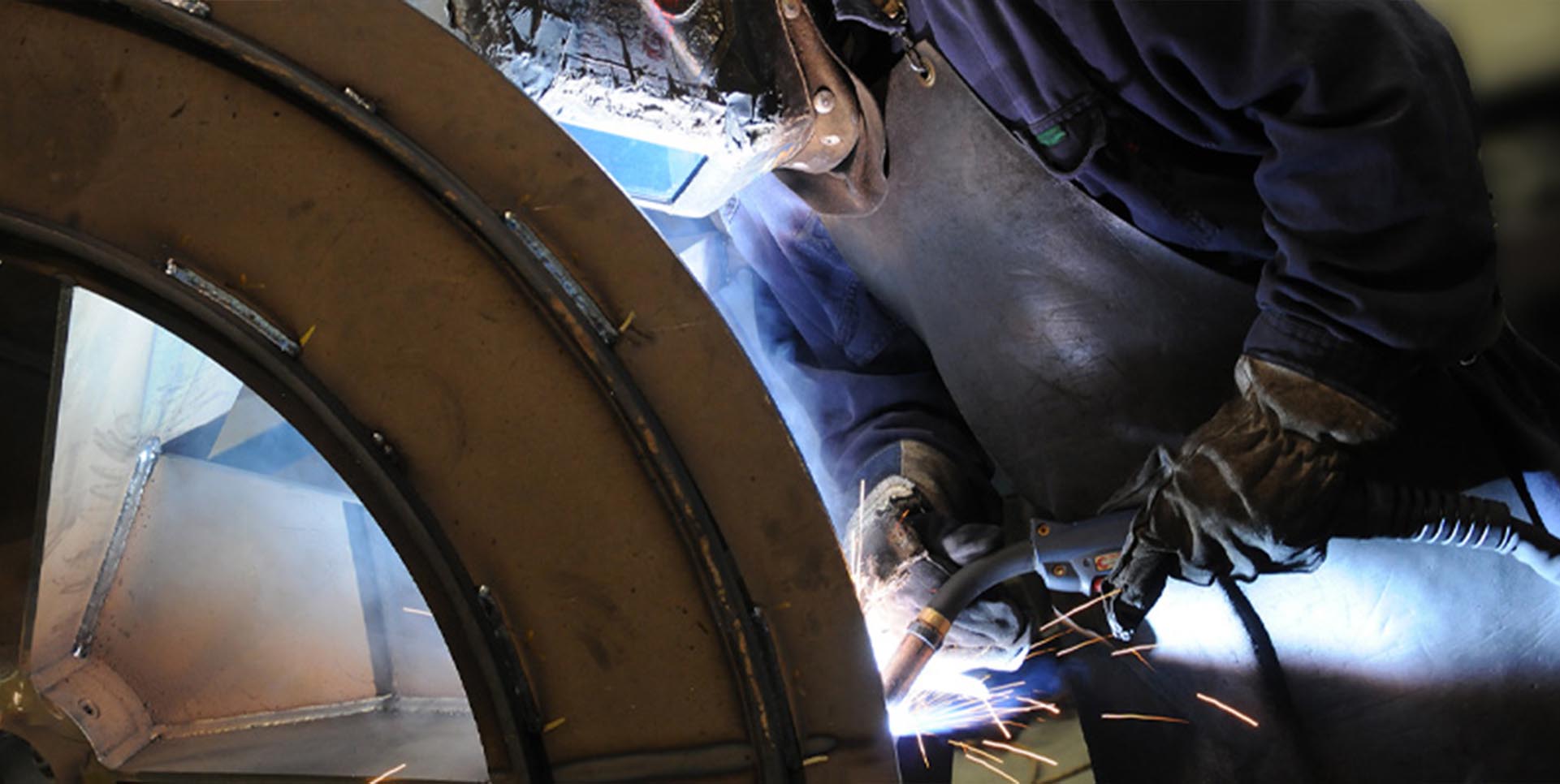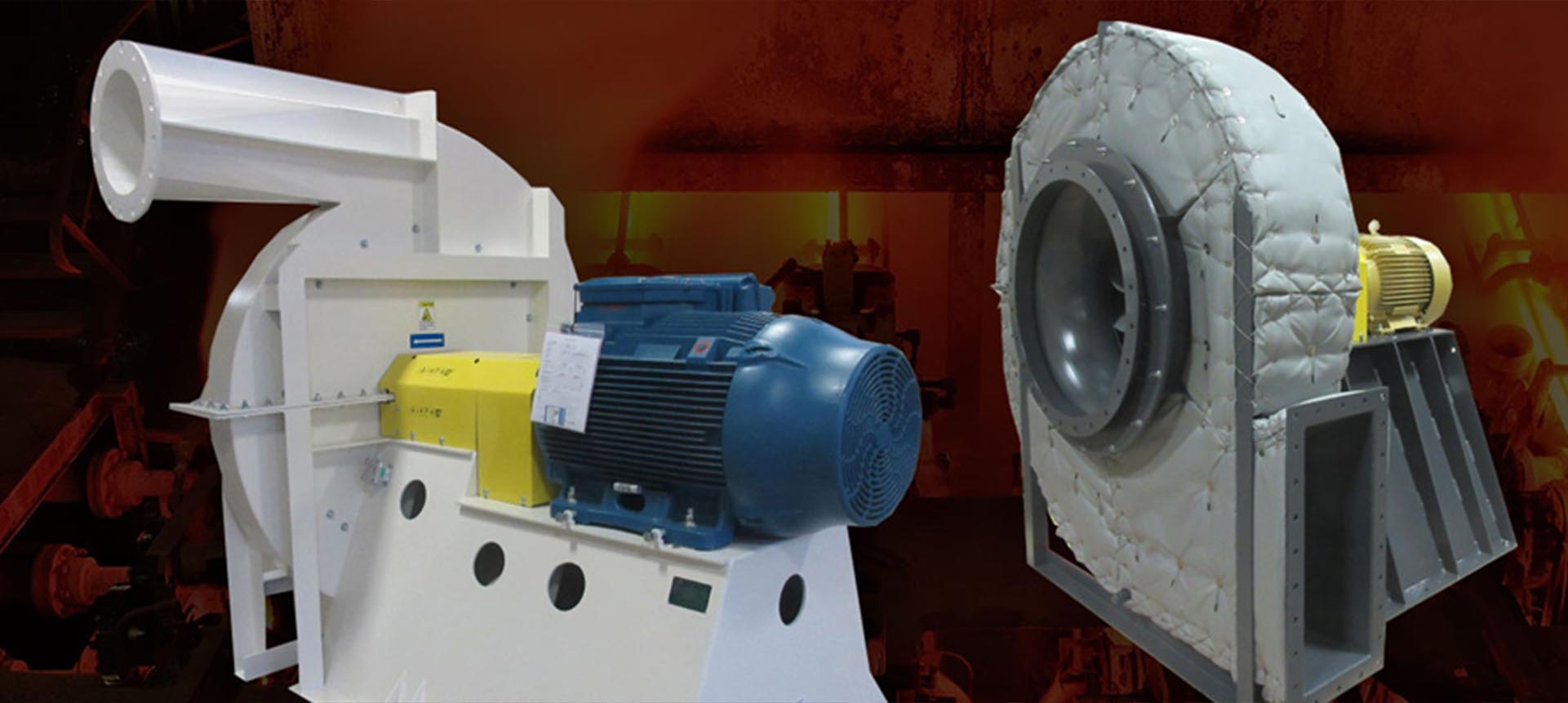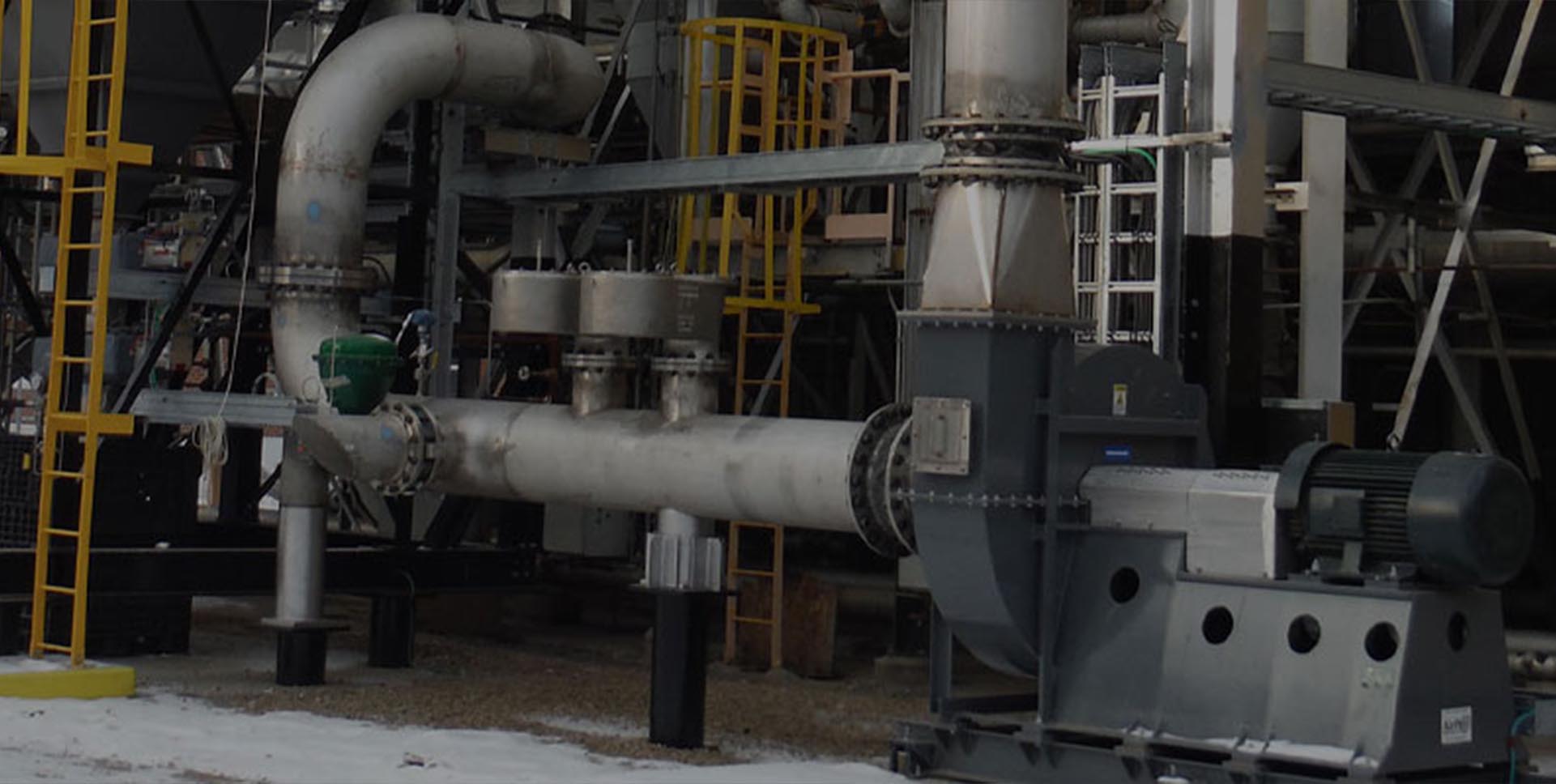How to Align and Grease Fan Couplings
Your direct-drive fan may use a coupling to connect the motor shaft to the fan shaft. The constant motion and friction within the coupling make coupling grease very important at start-up and throughout regular fan maintenance.
